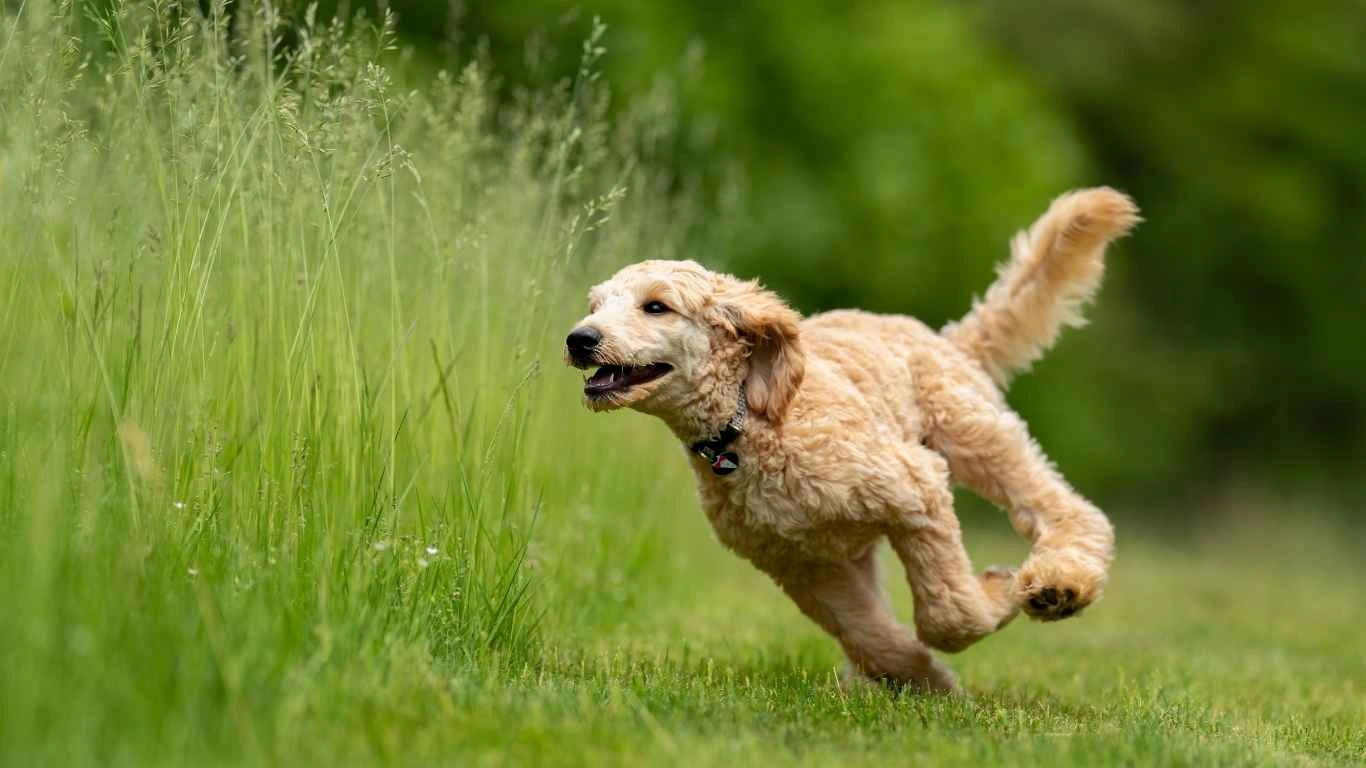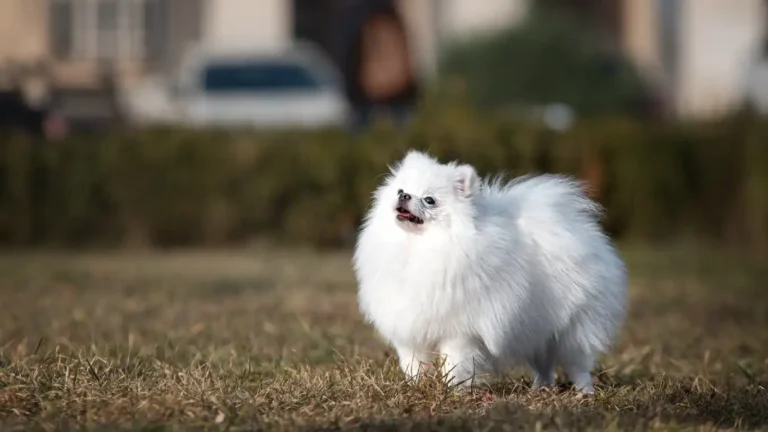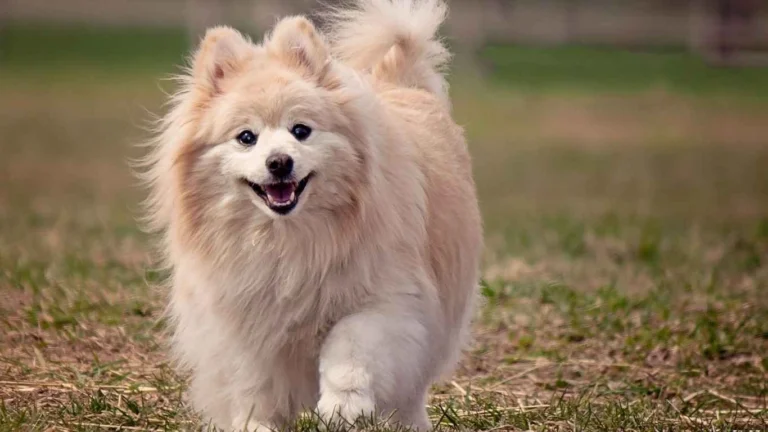How to Prepare Meals for a Dog with Liver Disease: Expert Tips for Healthy Nutrition
When my dog was diagnosed with liver disease, I quickly realized that feeding him the right meals was not just about keeping him full—it was about supporting his health in every bite. If you’ve ever wondered how to prepare meals for a dog with liver disease, you’re in the right place. It can feel overwhelming at first, but with some guidance, you’ll be able to create nutritious, tasty dishes that help your furry friend feel better and thrive. From my experience as an Animal Care Specialist, I’ve seen firsthand how thoughtful nutrition can make a huge difference in a pet’s recovery and well-being.
Understanding Liver Disease in Dogs
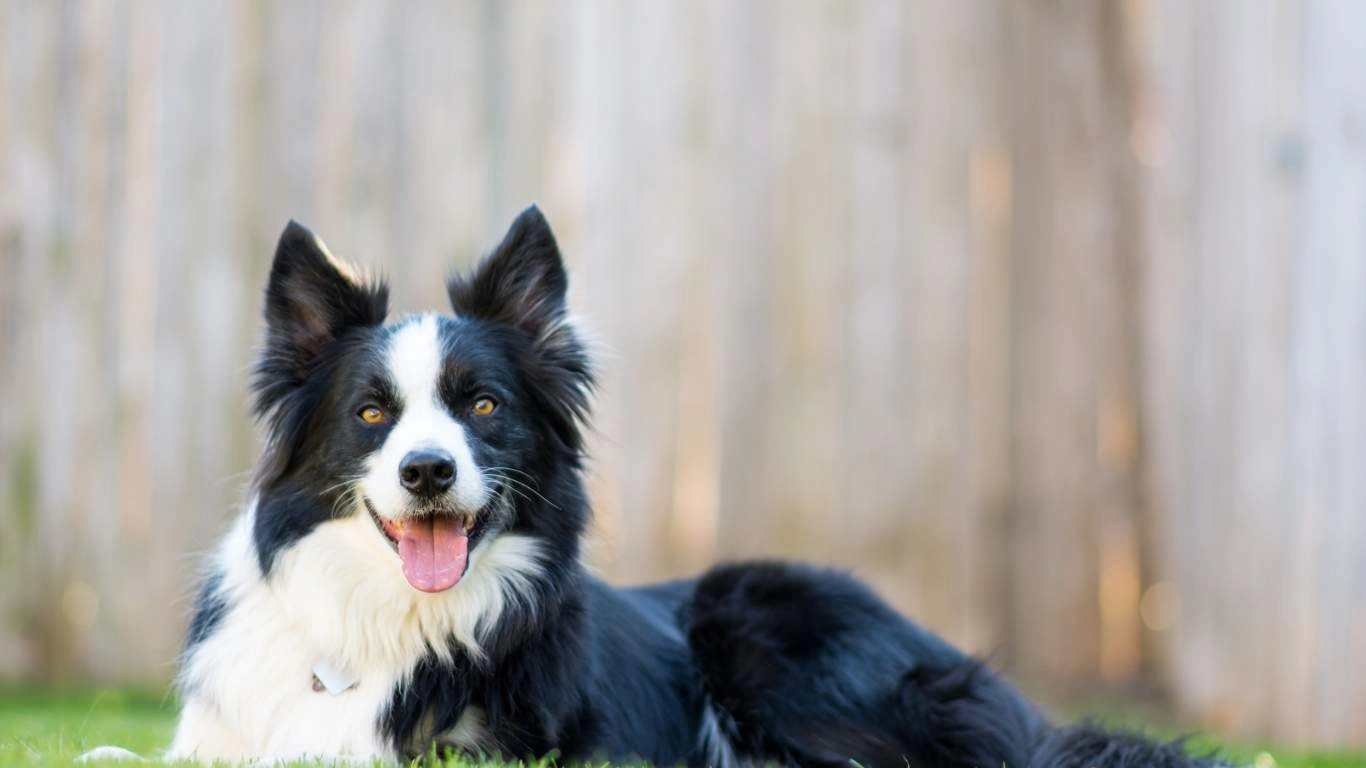
Before diving into meal prep, it’s important to grasp what liver disease means for your dog. The liver is a vital organ responsible for filtering toxins, producing proteins, and regulating metabolism. When it’s not working well, your dog’s whole body feels the impact. Common symptoms include lethargy, jaundice (yellowing of the skin or eyes), vomiting, and changes in appetite.
From what I’ve seen, dogs with liver disease often need diets that are easy to digest but packed with the right nutrients to support liver function and overall health. This means a delicate balance of protein, fats, and carbs — but not just any protein or fat will do.
Why Diet Matters for Dogs with Liver Disease
Feeding a dog with liver disease isn’t just about quantity; it’s about quality and type of ingredients. A good diet helps:
- Reduce liver workload by providing easily digestible nutrients
- Prevent toxin buildup since the liver’s filtering ability is compromised
- Support regeneration of liver cells through essential nutrients
- Maintain energy levels to keep your dog active and happy
In my time at shelters and clinics, I’ve often advised pet parents to avoid high-protein or high-fat commercial foods that might worsen liver stress. Instead, focusing on moderate protein and healthy fats works wonders.
How to Prepare Meals for a Dog with Liver Disease: Getting Started

Let’s get practical. Preparing meals for your dog with liver disease can be straightforward with the right approach. Here are some tips to kick things off:
1. Choose the Right Protein Sources
Protein is essential for repairing tissues, but with liver disease, you want to avoid overwhelming the liver. I usually recommend lean, high-quality proteins that are easier to digest, such as:
- Boiled chicken breast (skinless)
- Lean turkey
- Egg whites
- Fish like cod or tilapia (ensure no bones!)
From personal experience, homemade boiled chicken is a go-to—dogs tend to love it, and it’s gentle on their systems.
2. Incorporate Digestible Carbohydrates
Carbs provide energy without adding stress to the liver. Some great choices include:
- White rice
- Sweet potatoes (cooked and mashed)
- Oatmeal (plain and cooked)
These carbs are not just gentle; they also help keep your dog feeling full and satisfied. Plus, they’re easy to mix with protein.
3. Include Healthy Fats in Moderation
Fat is a tricky one because too much can tax the liver, but some fats are essential for brain function and coat health. I recommend:
- Small amounts of fish oil (rich in omega-3 fatty acids)
- A teaspoon of olive oil or flaxseed oil
When I prepared meals at the shelter, adding a tiny bit of fish oil made a noticeable difference in coat shine and inflammation reduction for dogs with liver problems.
Balancing Vitamins and Minerals for Liver Support
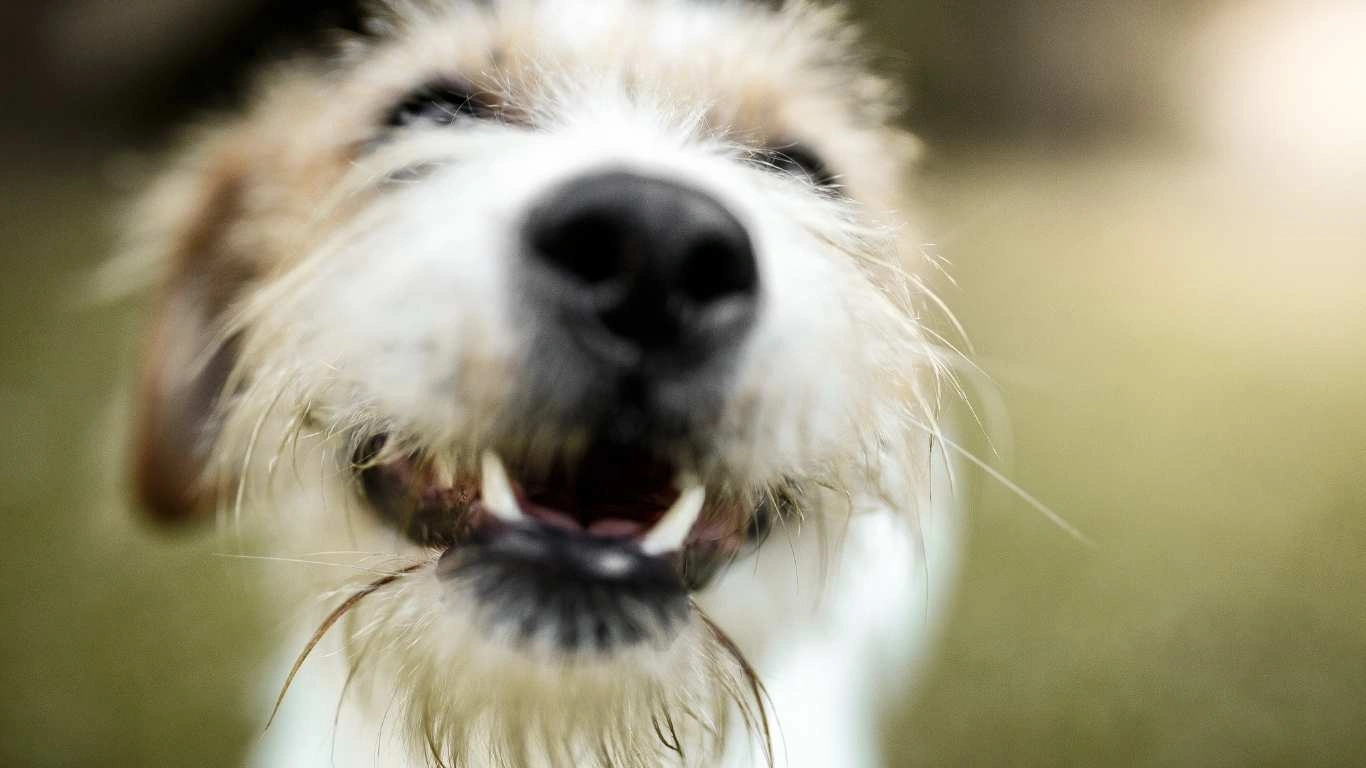
One of the trickier parts about how to prepare meals for a dog with liver disease is ensuring they get the right vitamins and minerals without overloading their system. The liver plays a huge role in storing and metabolizing nutrients, so it’s crucial to strike the right balance.
Key Nutrients to Include
From what I’ve gathered through years in animal care, these nutrients really make a difference:
- Zinc: Helps with immune function and wound healing. Good sources include lean meats and pumpkin seeds, but supplements should be given only after vet approval.
- Vitamin E: Acts as an antioxidant, protecting liver cells from damage. You can find it in small amounts in spinach, but again, moderation is key.
- B Vitamins: Support energy metabolism and liver function. Foods like eggs and poultry provide some naturally.
- Selenium: Another antioxidant that helps reduce inflammation. Brazil nuts are rich, but only tiny amounts are safe for dogs, so it’s best to consult your vet before adding it.
From my experience, homemade meals that include a variety of fresh, whole foods tend to cover most of these bases. But remember, it’s always best to chat with your vet about adding any supplements to avoid imbalances or toxicities.
Foods to Avoid in Liver Disease Diets
Not everything that’s good for dogs is good for dogs with liver problems. In fact, some ingredients can make things worse:
- High-fat foods: Avoid fatty cuts of meat, fried foods, and rich dairy products. These can burden the liver and worsen symptoms.
- High-protein diets: While protein is important, too much can strain the liver. Avoid red meats like beef and lamb unless specifically recommended by your vet.
- Foods with toxins or preservatives: Steer clear of processed pet foods and human foods with additives, artificial colors, or flavors.
- Onions, garlic, and other toxic foods: These can damage red blood cells and worsen your dog’s condition.
I can’t stress enough how many times I’ve seen well-meaning pet owners give treats or leftovers that unknowingly make their dog’s liver disease flare up. Keeping a simple, clean diet is really the safest bet.
Step-by-Step Meal Prep Tips for Dogs with Liver Disease
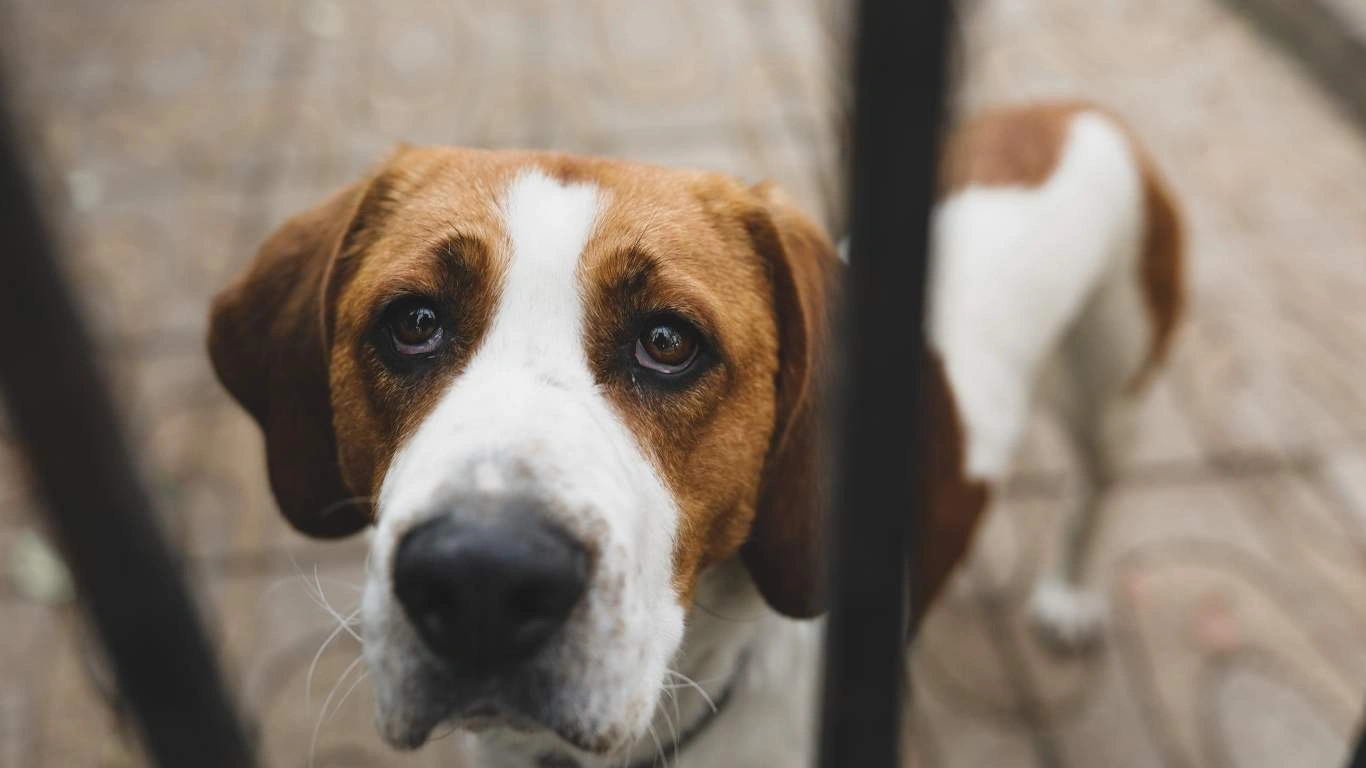
Now that you know what to include and avoid, let’s break down the meal prep process. It doesn’t have to be complicated, and with a little planning, it can become a routine you both look forward to.
1. Plan Your Ingredients
Start by listing out the proteins, carbs, and veggies you’ll be using for the week. I like to keep it simple to reduce waste and make meal prep quicker. For example:
- Lean chicken breast
- White rice
- Steamed carrots or green beans (avoiding high-fiber veggies that can upset digestion)
2. Cook with Care
Preparation matters—a lot. Boil or steam your ingredients instead of frying or roasting with oil. This keeps meals light and easy to digest. From my hands-on work, I’ve noticed that dogs tend to tolerate boiled food better, especially when their liver is compromised.
3. Mix in Supplements Thoughtfully
If your vet has recommended any supplements, mix them into the food when it’s cooled down a bit. Hot food can break down certain vitamins, reducing their effectiveness.
4. Portion and Store
Divide the meals into portions that match your dog’s feeding schedule. You can store these in the fridge for a few days or freeze in small containers for later use. This way, you’ll always have fresh, liver-friendly meals ready to go.
5. Monitor Your Dog’s Response
Every dog reacts differently. Keep a close eye on their energy, appetite, and any signs of discomfort. If you notice anything off, tweak the ingredients or check back in with your vet. In my years of experience, staying observant is one of the best ways to help your dog feel their best.
Additional Tips and Tricks for Preparing Meals for Dogs with Liver Disease
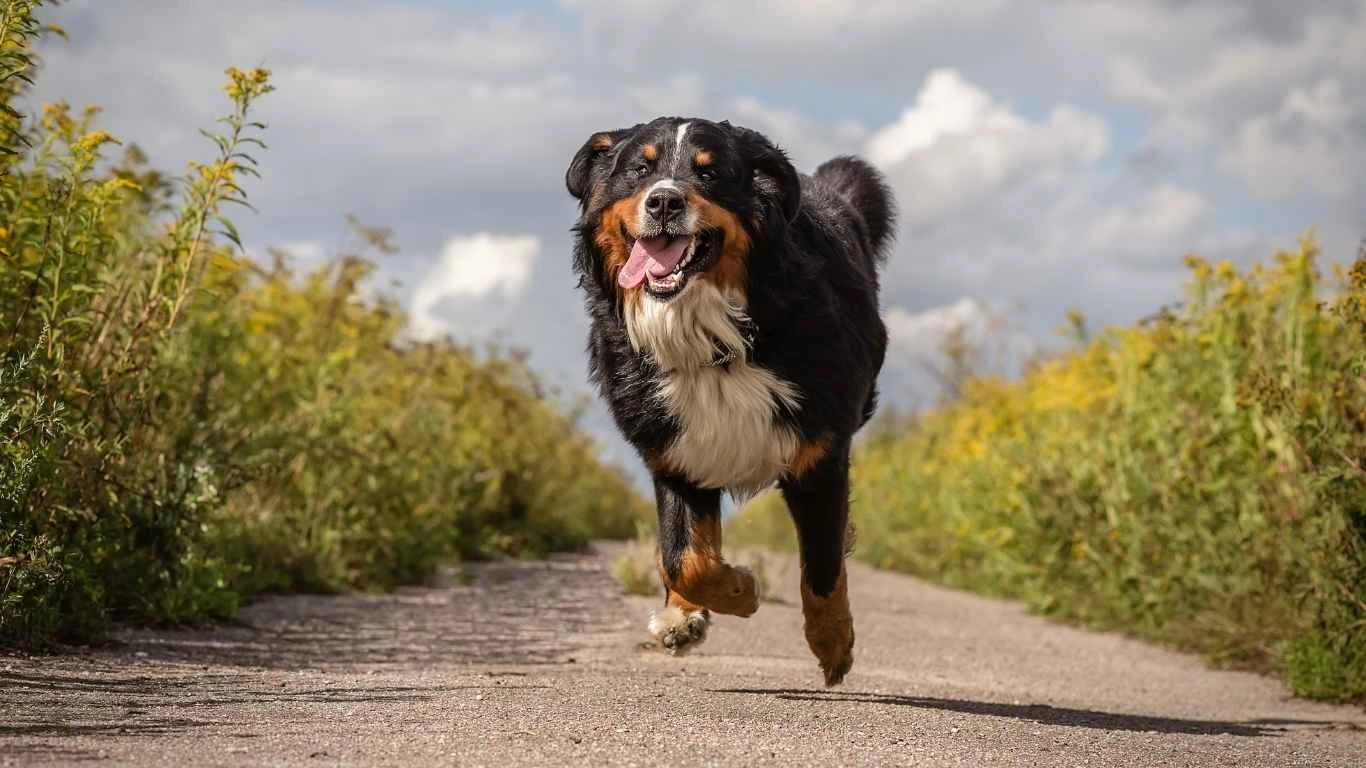
One of the things I learned working closely with dogs in clinics and shelters is that how to prepare meals for a dog with liver disease isn’t just about the ingredients—it’s also about the little habits and adjustments that make the whole process smoother for you and your furry friend.
Make Mealtime Consistent
Dogs with liver issues benefit greatly from routine. Feeding your dog at the same times every day helps regulate their metabolism and keeps their liver from being overloaded all at once. I usually suggest dividing their daily meals into three or even four smaller servings instead of one or two big ones. This steady flow of nutrition supports better liver function and keeps your dog feeling more comfortable.
Keep Hydration Top of Mind
Proper hydration is a game changer. The liver relies on water to flush out toxins, so make sure your dog has fresh water available at all times. If your dog is reluctant to drink, mixing a little low-sodium broth into their meals can encourage them to drink more. I’ve seen many dogs perk up with this simple trick—it’s a small but powerful boost.
Experiment with Texture and Temperature
Sometimes dogs with liver disease lose interest in their food due to nausea or discomfort. From personal experience, serving meals slightly warm—not hot—can make food more appetizing. You might also try pureeing the food if chewing becomes difficult. It’s all about making the experience as pleasant and stress-free as possible.
Consult Your Veterinarian Regularly
While homemade meals can do wonders, nothing replaces professional guidance. Liver disease can progress differently depending on the underlying cause and your dog’s unique health status. Regular check-ups and blood tests will help you and your vet fine-tune your dog’s diet and catch any issues early.
Sample Recipe: Easy Liver-Friendly Dog Meal
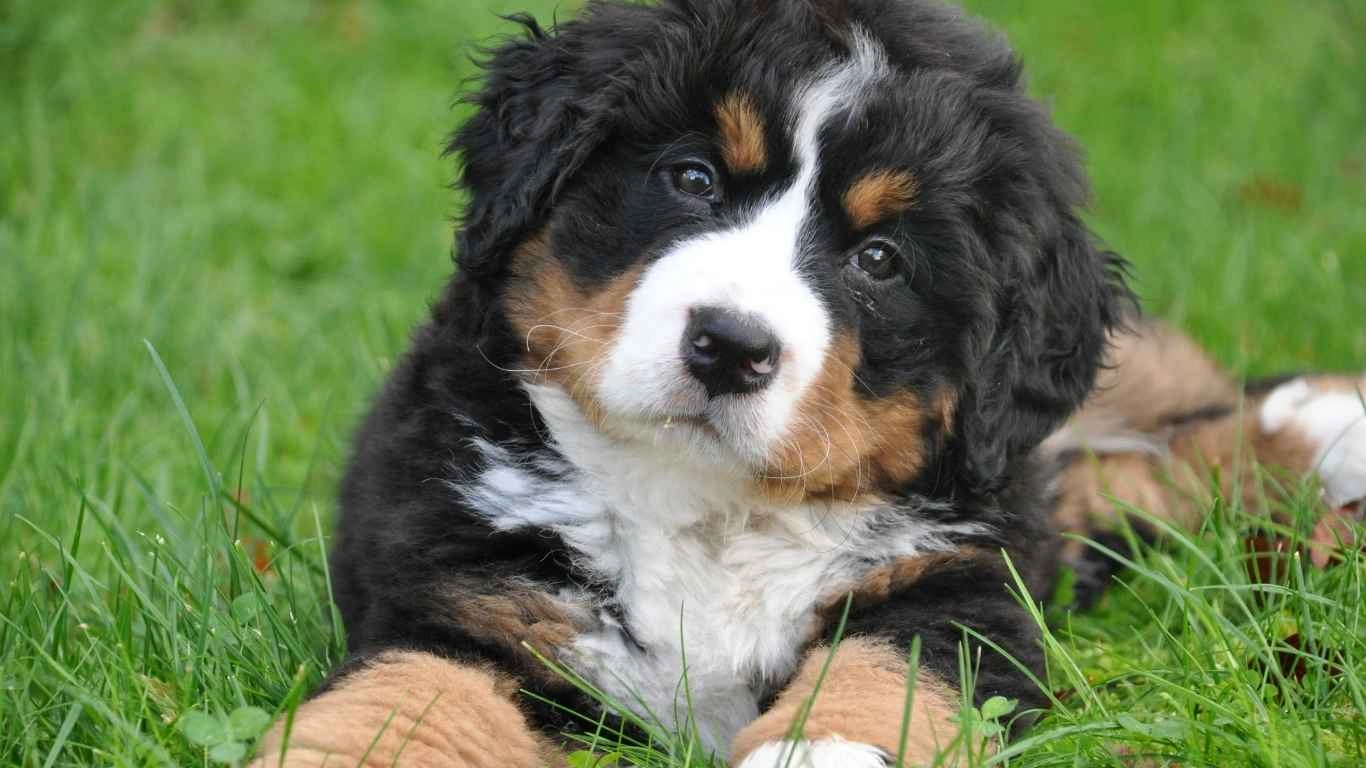
To give you a starting point, here’s a simple recipe I’ve prepared many times. It’s gentle on the liver, nutritious, and easy to make.
Ingredients:
- 1 cup boiled, shredded skinless chicken breast
- 1/2 cup cooked white rice
- 1/4 cup steamed and mashed carrots
- 1 teaspoon fish oil (optional, consult your vet first)
- A pinch of turmeric powder (optional, known for anti-inflammatory benefits)
Instructions:
- Boil the chicken breast until fully cooked, then shred into bite-sized pieces.
- Cook the white rice until soft, ideally without any salt or seasoning.
- Steam carrots until tender, then mash them well.
- Mix chicken, rice, and carrots in a bowl until evenly combined.
- Once slightly cooled, stir in fish oil and turmeric powder if using.
- Serve in small portions throughout the day or store in the fridge for up to 3 days.
This recipe has been a lifesaver for many dogs I’ve worked with. The ingredients provide balanced nutrition without putting unnecessary strain on the liver, plus it’s mild enough to encourage even picky eaters to chow down.
Monitoring Your Dog’s Progress and Adjusting Meals
Feeding a dog with liver disease is an ongoing process. Watch for changes in appetite, stool consistency, energy, and overall behavior. If your dog starts to lose interest or shows signs of discomfort, it might be time to tweak the diet or consult your vet for new recommendations.
In my experience, keeping a simple journal with notes on what your dog eats, their reaction, and any symptoms can be a huge help. It gives you and your vet a clearer picture of what works best and what doesn’t.
References and Resources
- American Gastroenterological Association
- American Veterinary Medical Association
- American Animal Hospital Association
Disclaimer
This article is intended for informational purposes only and is not a substitute for professional veterinary advice, diagnosis, or treatment. Always consult your veterinarian before making any changes to your dog’s diet or health regimen, especially when managing serious conditions like liver disease. Every dog’s situation is unique, and what works for one may not work for another.
